Tel al-Hariri/Mari تل الحريري/ماري
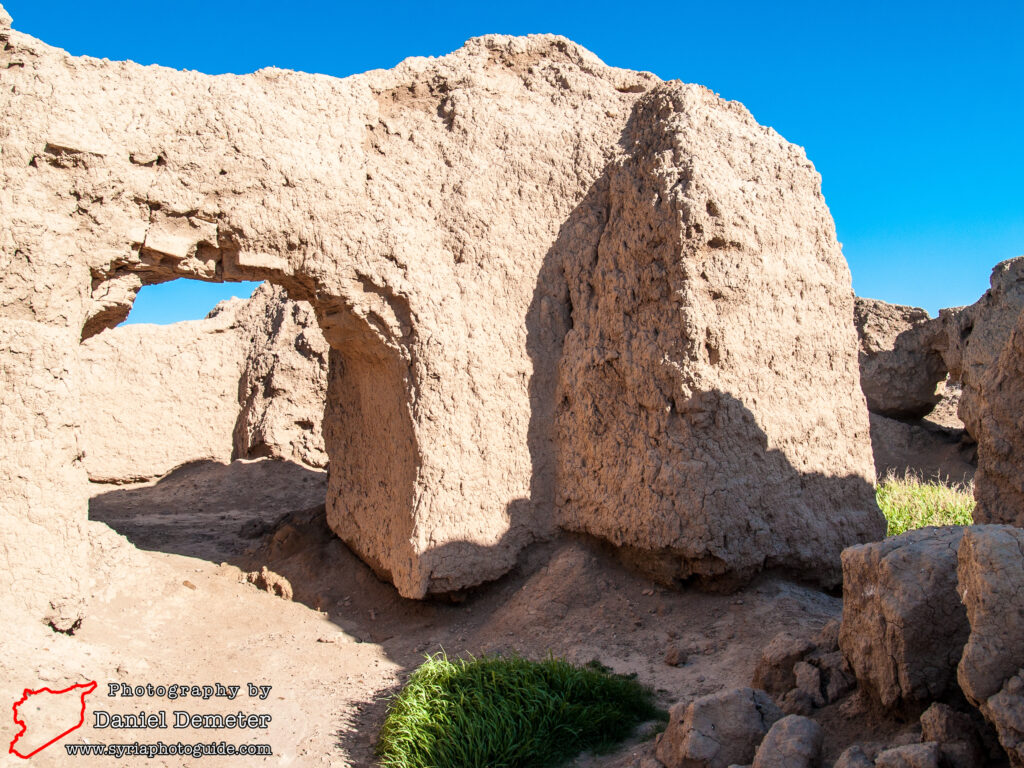
Tel al-Hariri (تل الحريري), the ancient city of Mari (ماري), dates from as far back as the 5th millennium BC. The city first reached prominence around 2900 BC, and went through numerous periods of prosperity and decline until it was finally destroyed in 1759 BC. It was rediscovered in 1933, during the French mandate period, and archaeologists from the Lourve in Paris were quick to excavate. They uncovered over 25,000 cuneiform tablets in the Akkadian language, which documented the economic and political life of the city. As a result, Mari (ماري) has been one of the most important discoveries in Syria, aiding significantly in constructing the ancient history of the Near East.
During its first period of prosperity, Mari (ماري) was one of the westernmost settlements representing the Sumerian culture. Its location on the Euphrates made it an important transit point for goods being traded between Mesopotamia and northern Syria, delivering vital building materials to the city of Sumer. The city maintained a complex network of canals for both irrigation and transport. Mari (ماري) was first destroyed in the mid-24th century BC, the circumstances of which are not entirely known. It is speculated that the city was destroyed by Sargon of Akkad, another possibility being that Mari (ماري) was destroyed by the rival city-state of Ebla (ايبلا).
The city was later revived by the Amorites, and around 1900 BC Mari (ماري) once again became an important regional power. At this time the royal palace of over three hundred rooms was constructed for the king of Mari (ماري), Zimri-Lim. This was quite possibly the largest palace of its time. In 1759 BC the Babylonian king Hammurabi attacked and destroyed the city, and despite sporadic occupation by Assyrians, Babylonians and Persians, Mari (ماري) never recovered.
Today, the site leaves much to the imagination. While excavations of Mari (ماري) have been extensive, it is challenging to fully appreciate the remains without a knowledgeable guide or at least a guidebook with detailed coverage of the site. Many of the artifacts from Mari (ماري) have been relocated to the National Museum (المتحف الوطني) in Damascus (دمشق), though the museums in Aleppo (حلب) and Deir al-Zur (دير الزور) also include some remains from the site. Some of the most important artifacts, however, are in the Louvre in Paris. Allow at least an hour to explore the site, which includes the extensive palace (covered by a modern roof to protect it from the elements) and numerous temples.
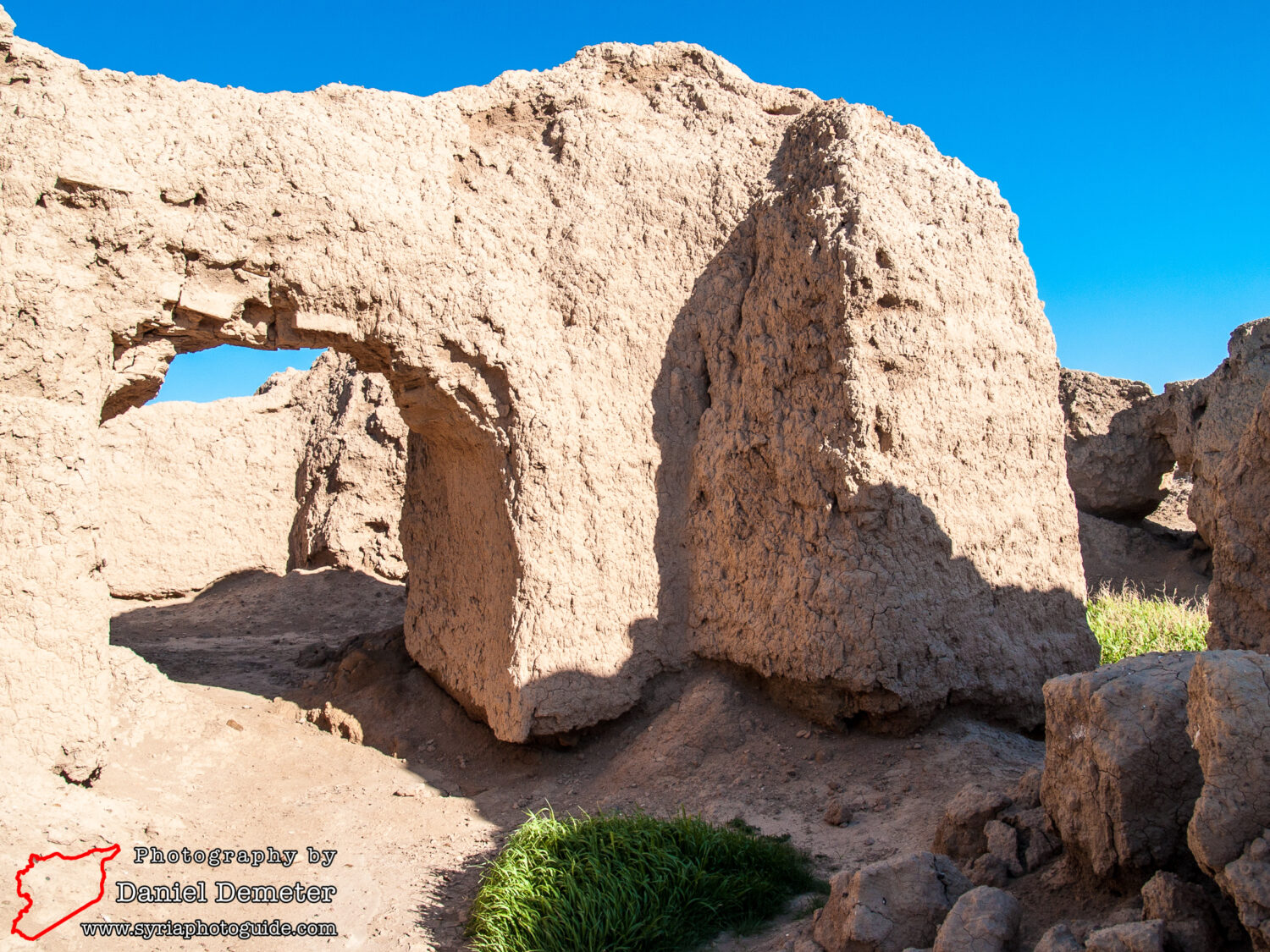
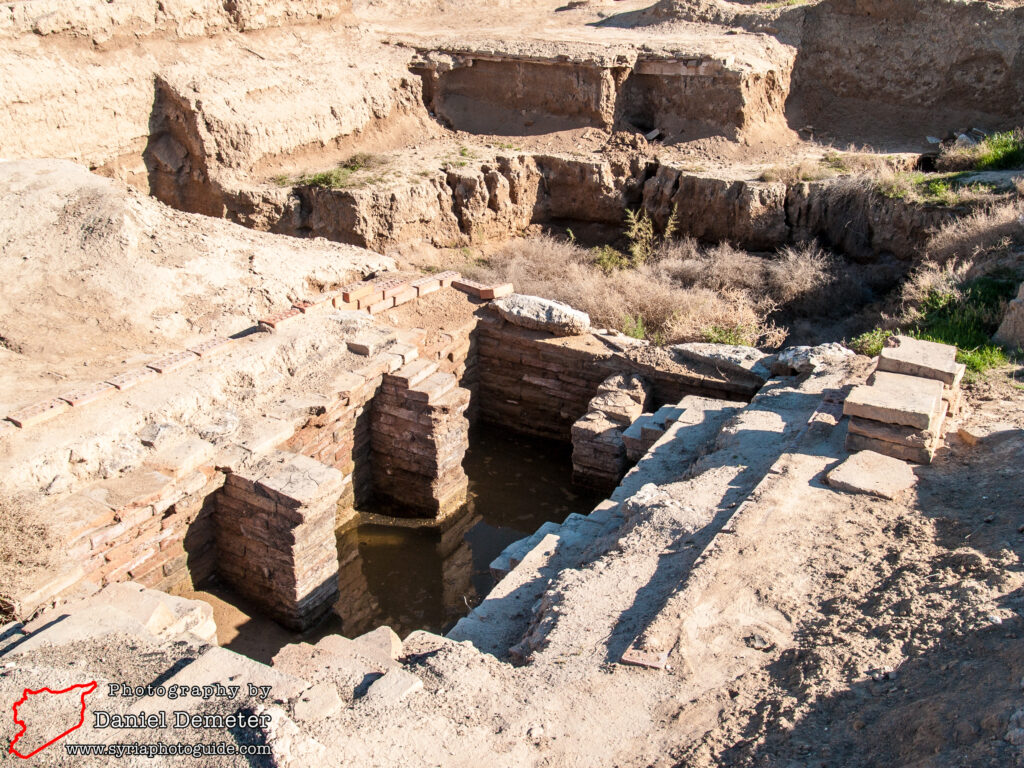
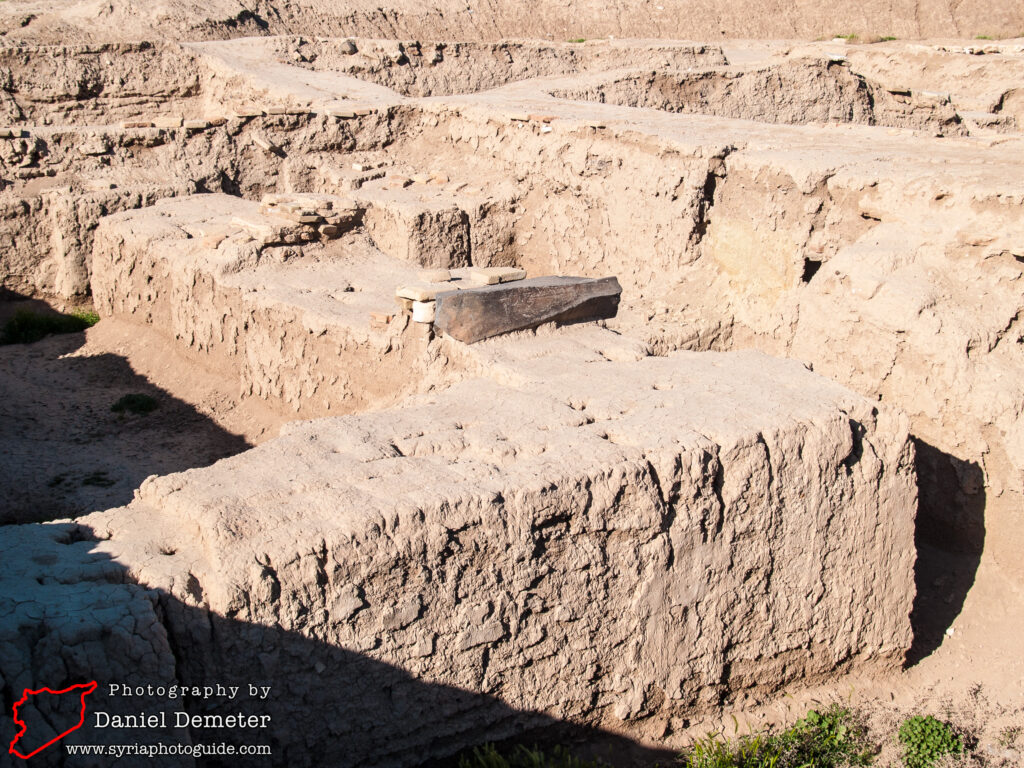
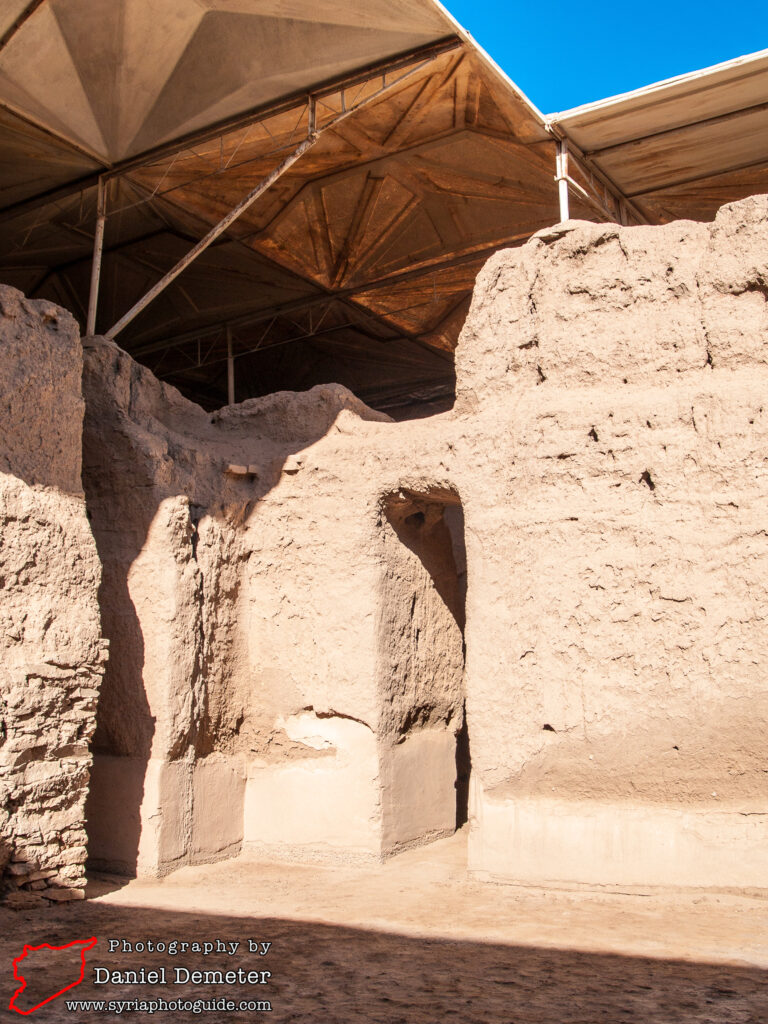
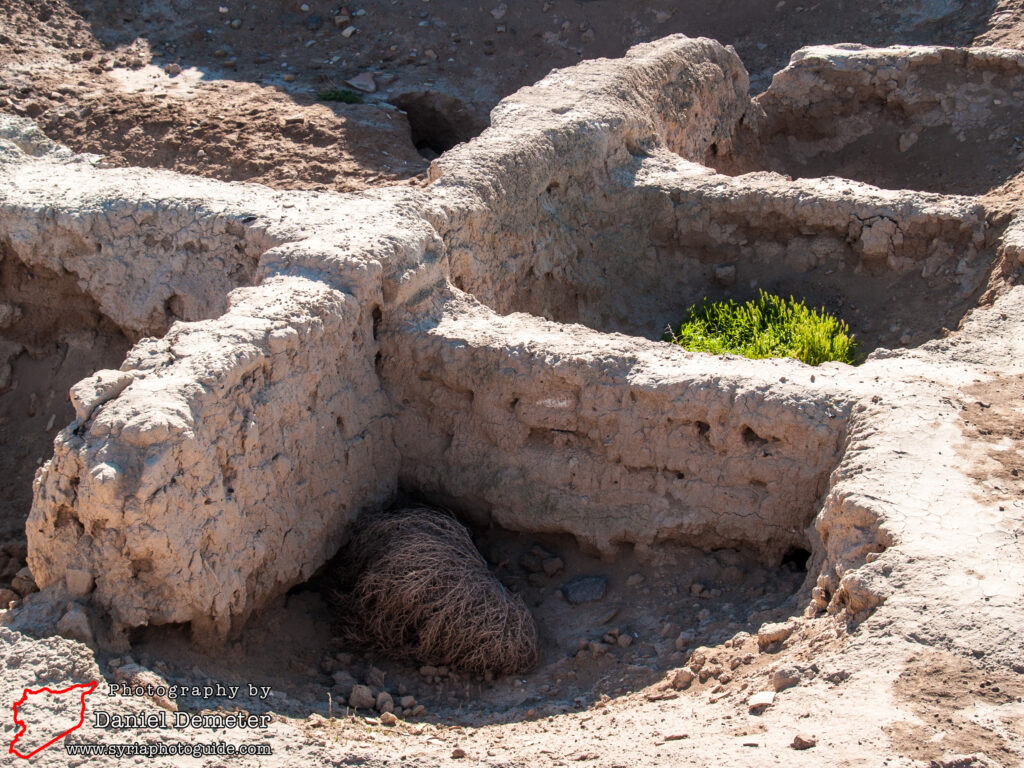
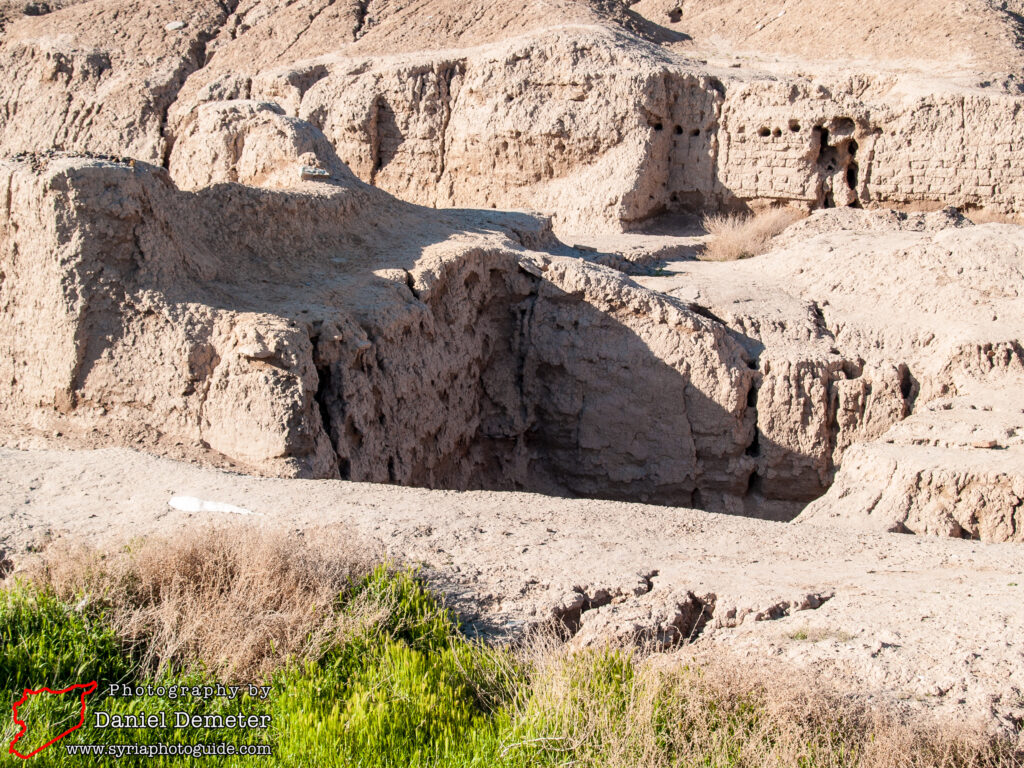
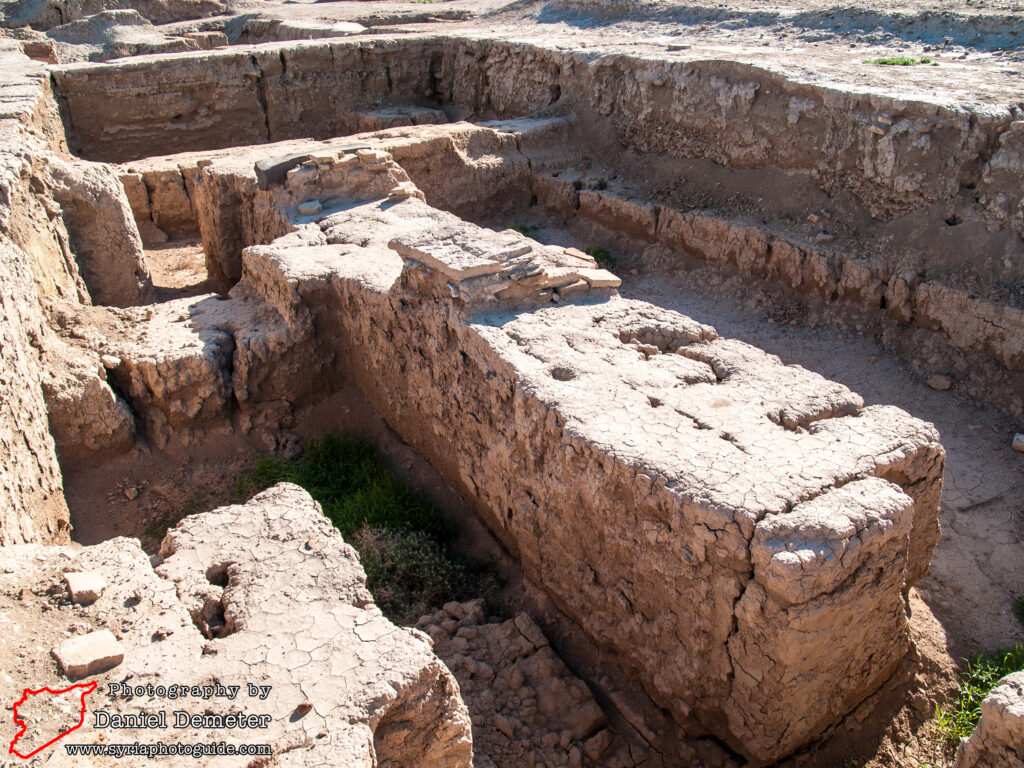
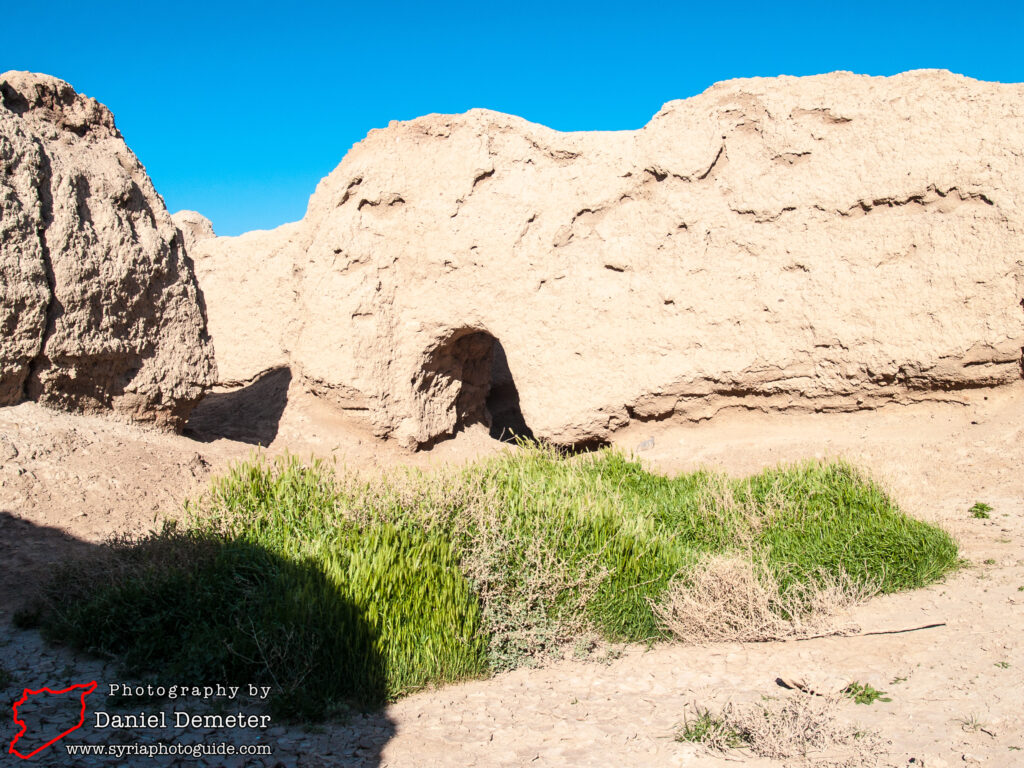
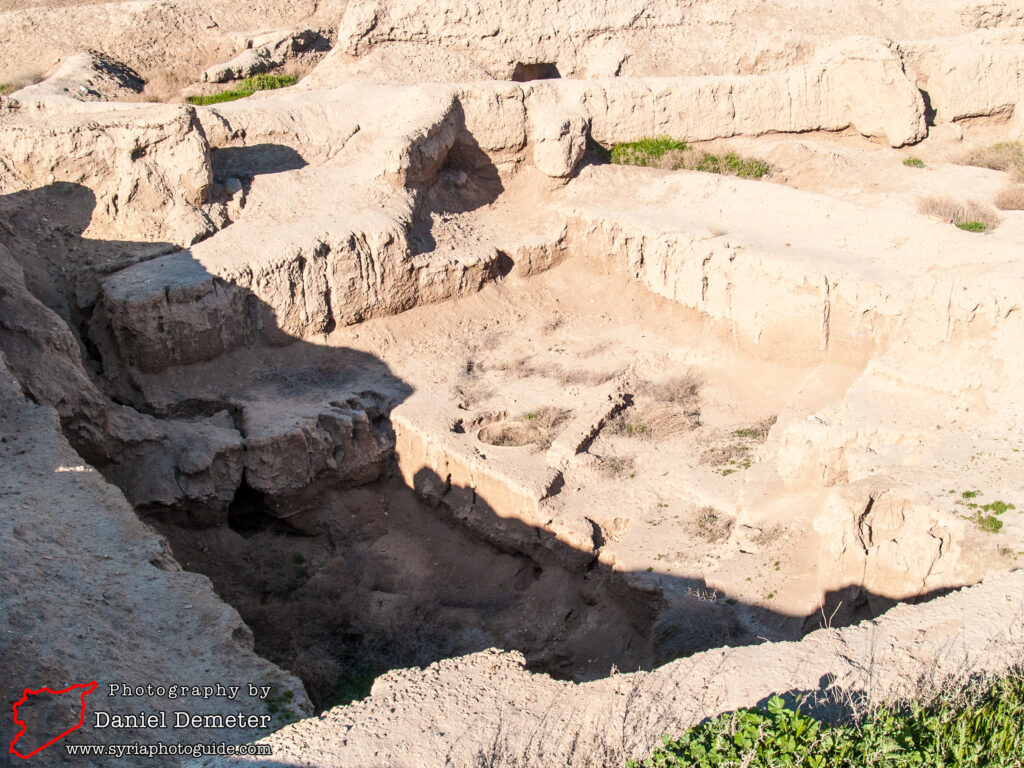
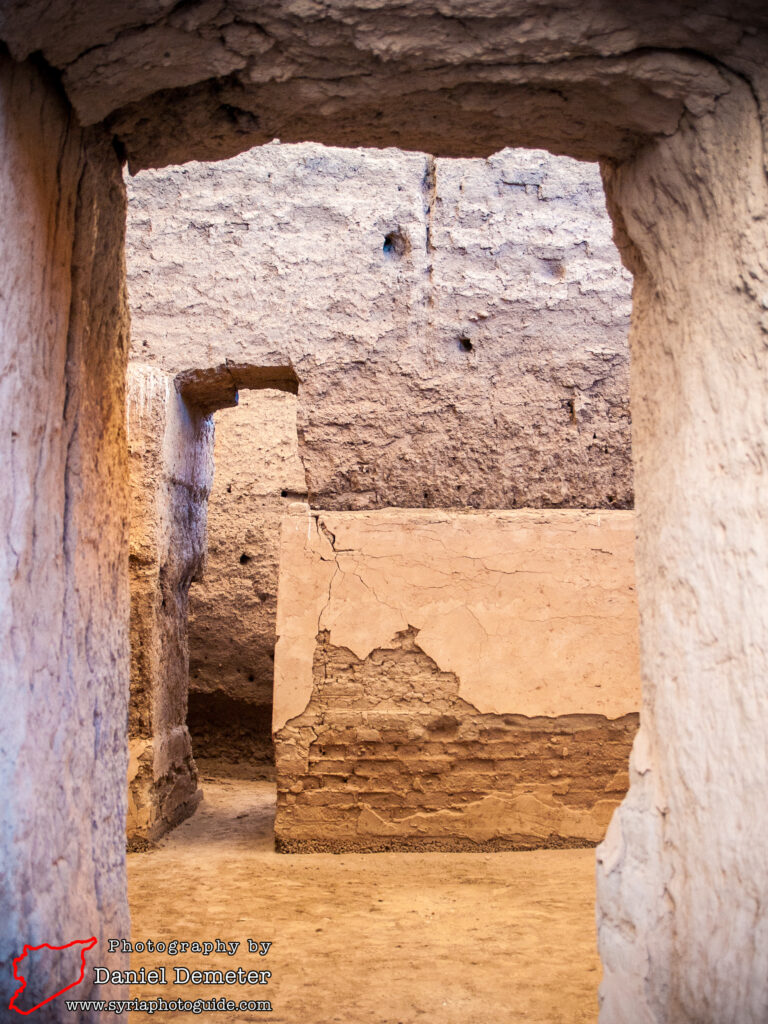
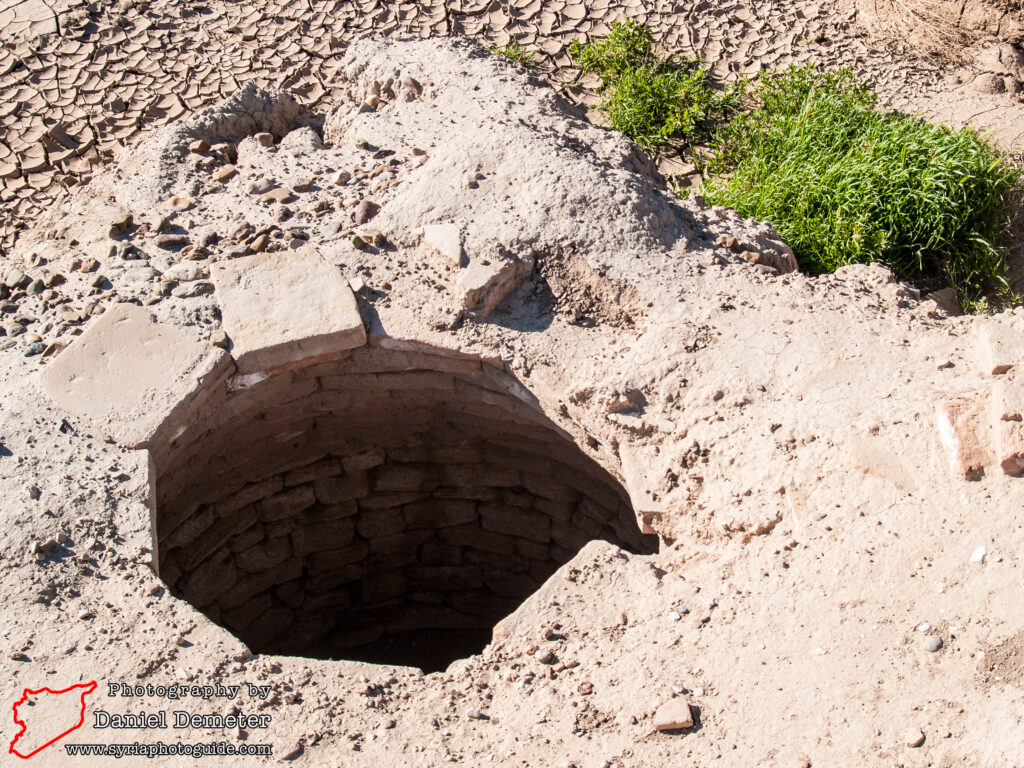
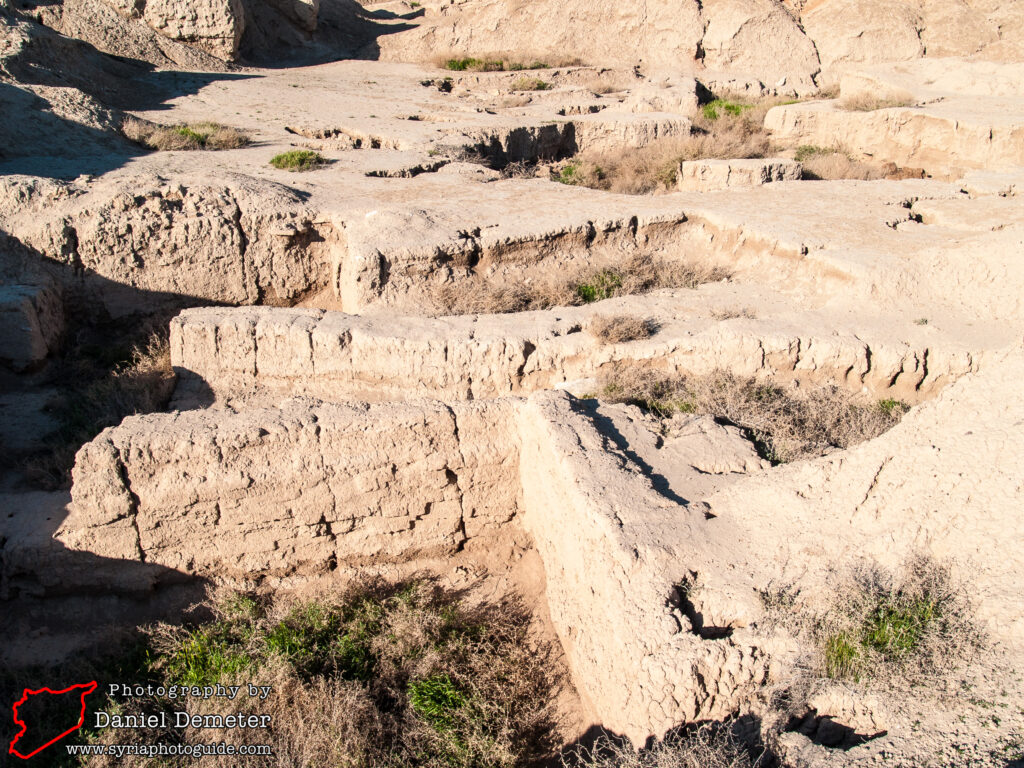
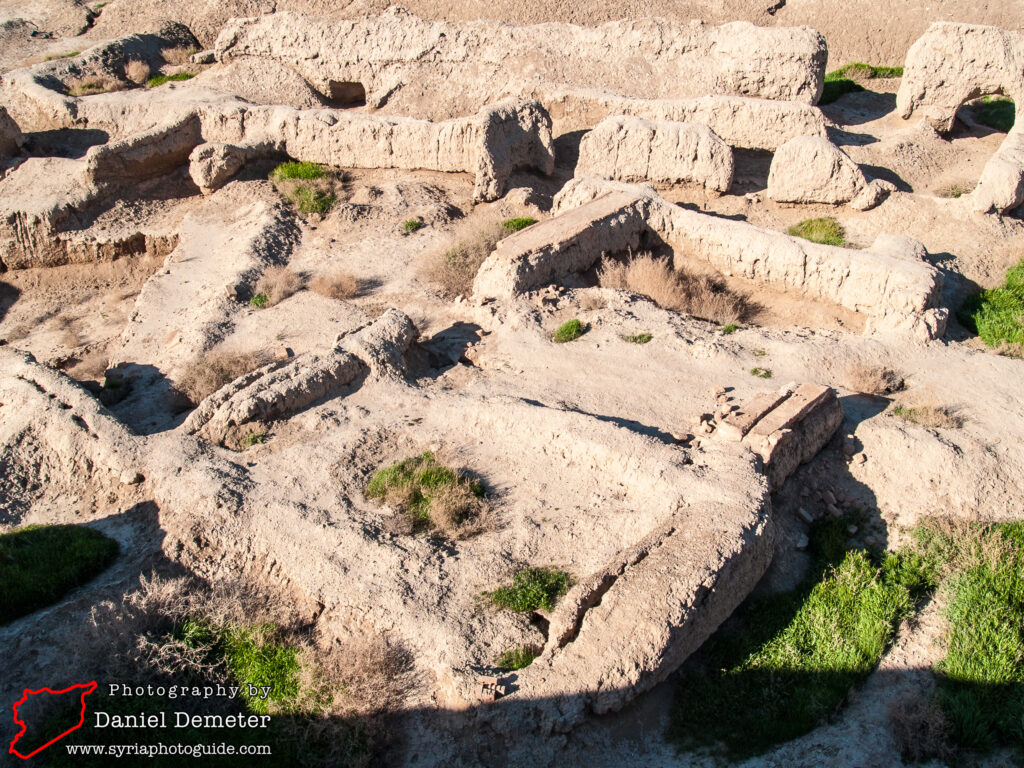
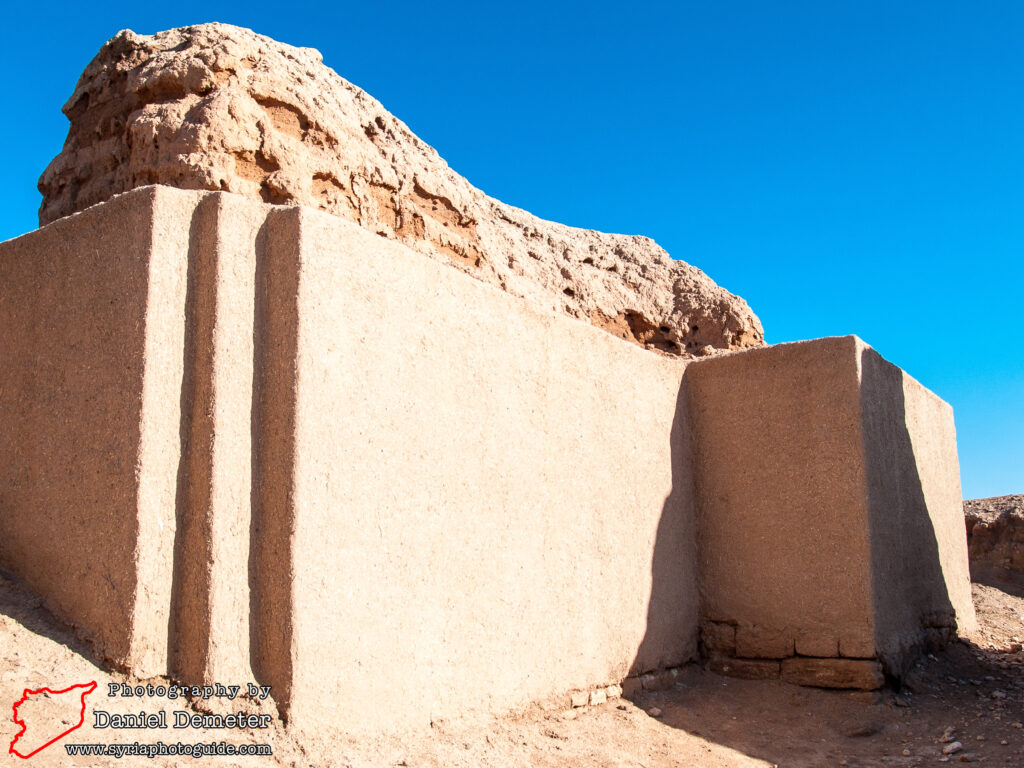
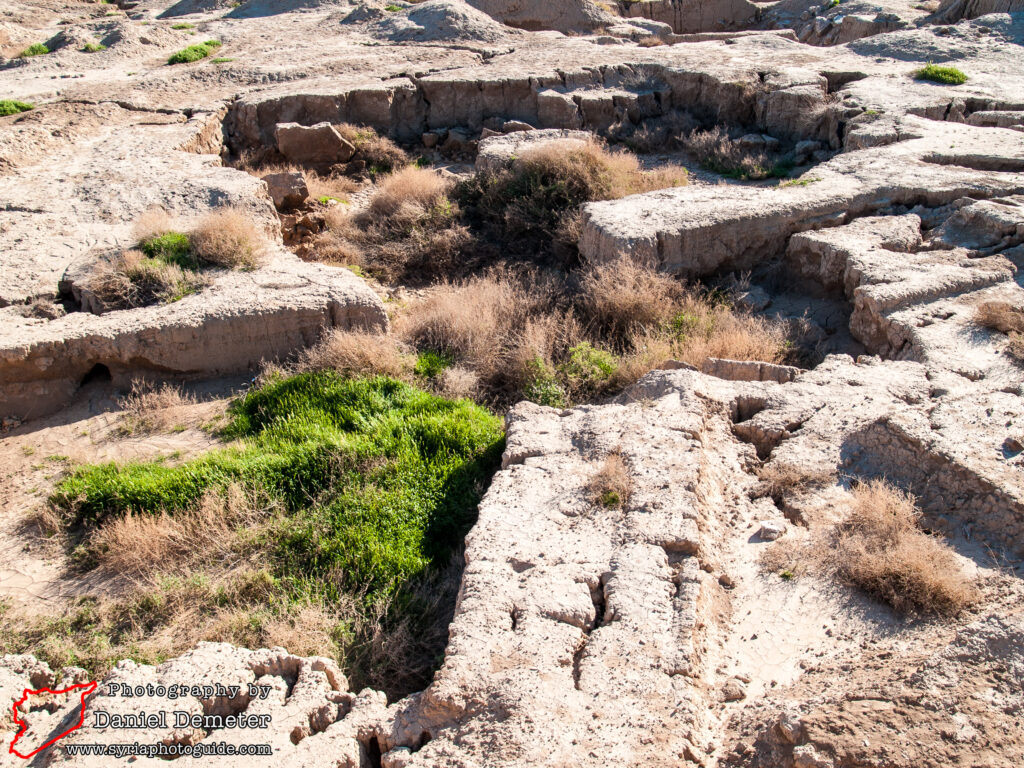
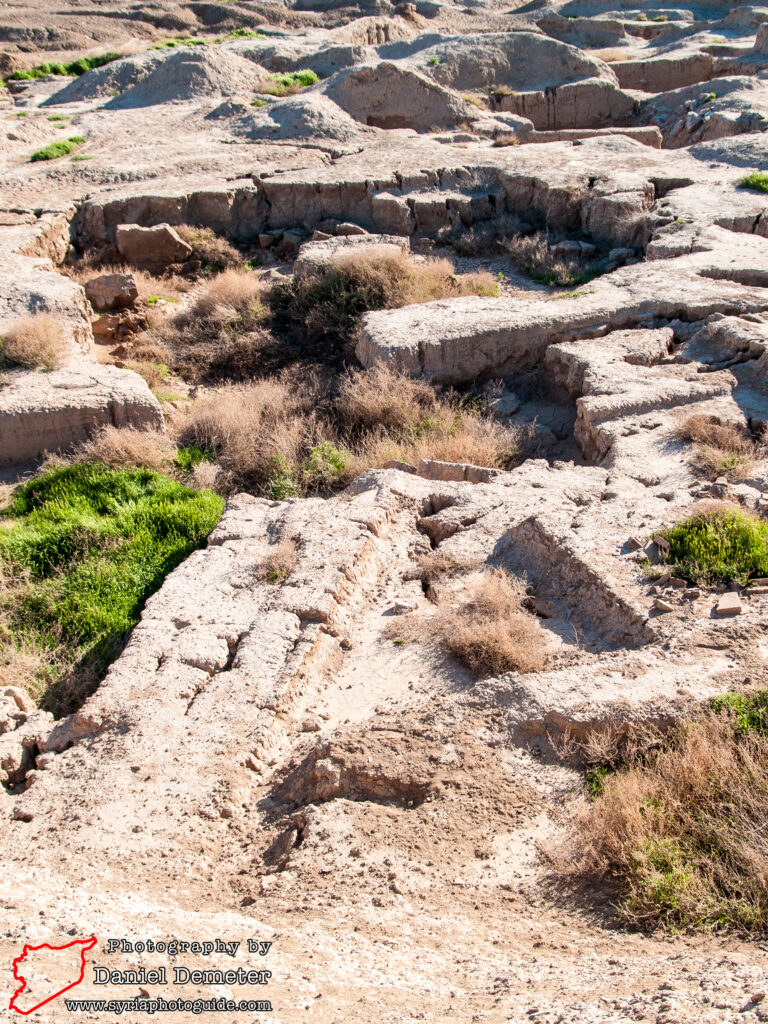
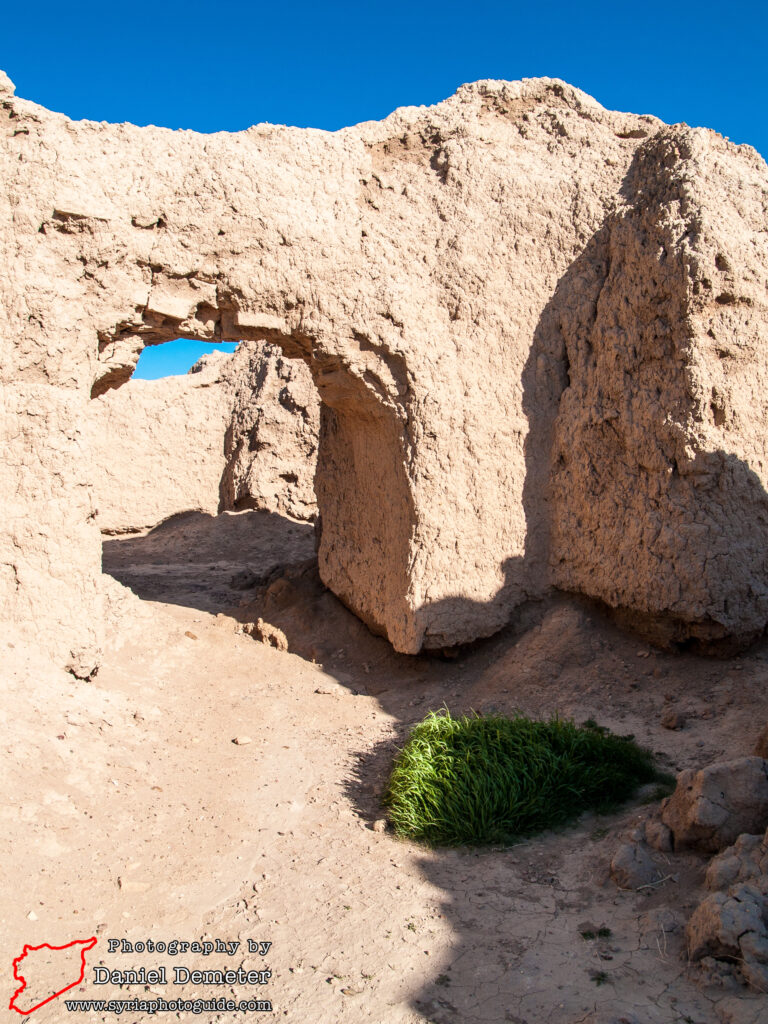
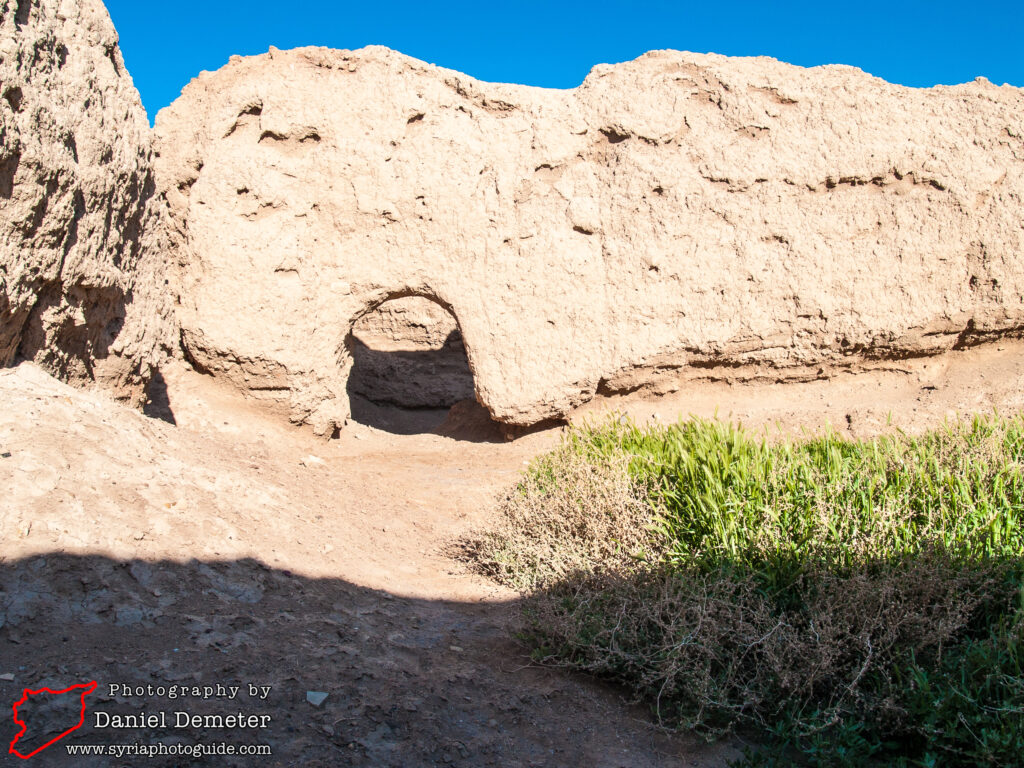
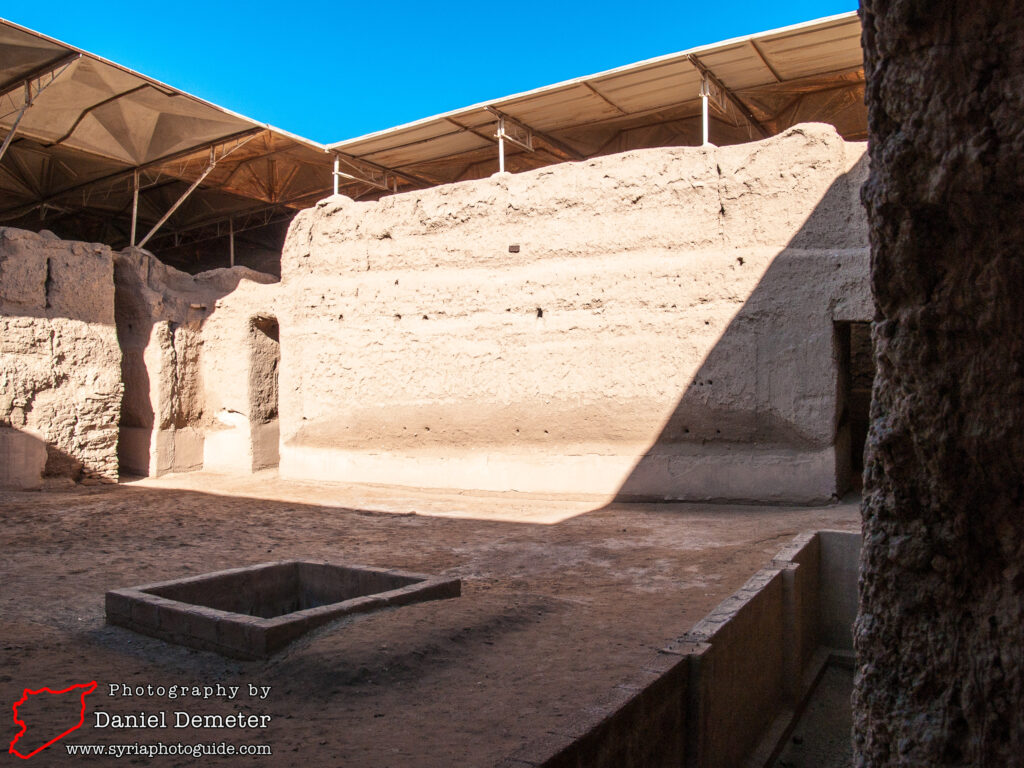
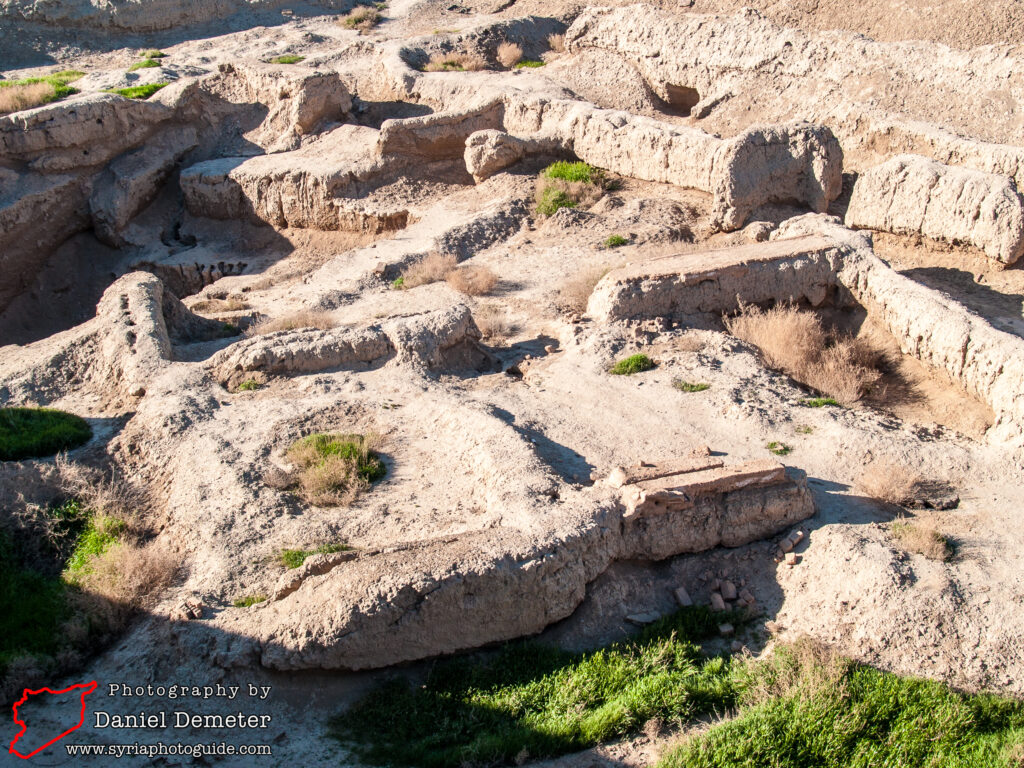
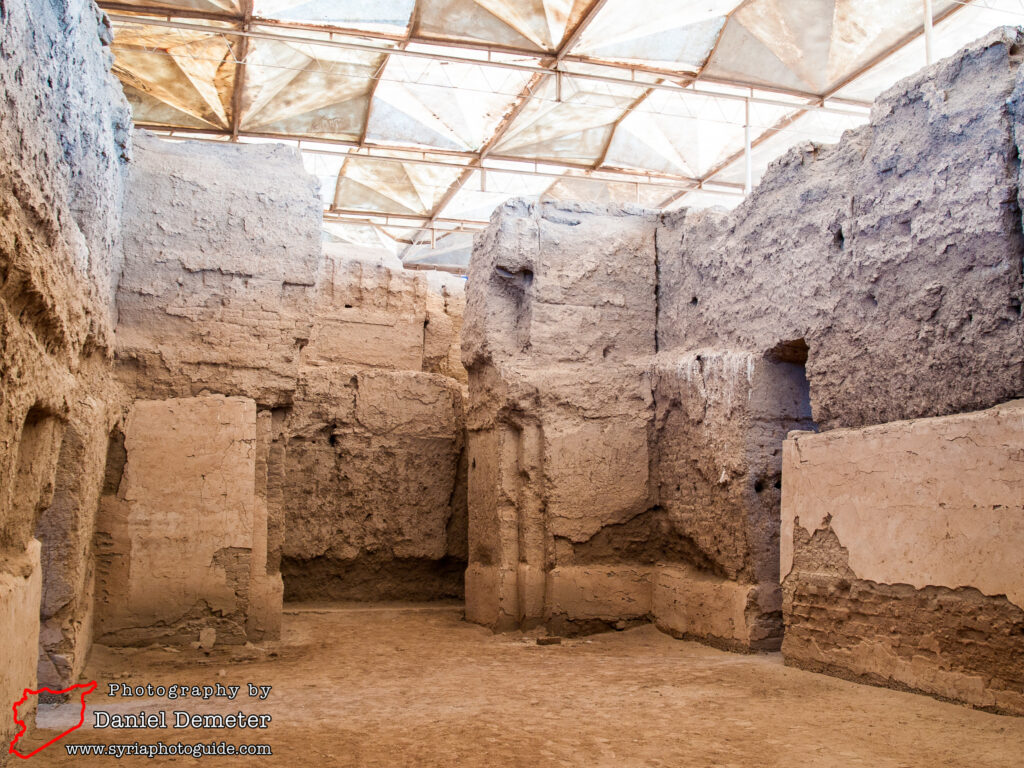
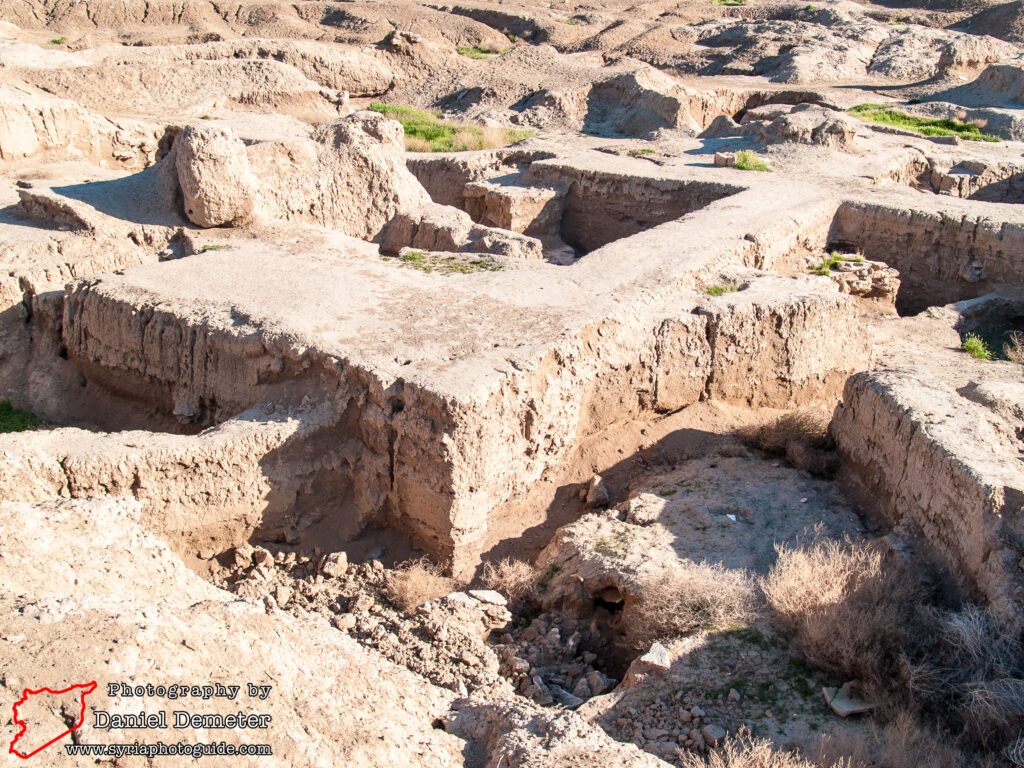
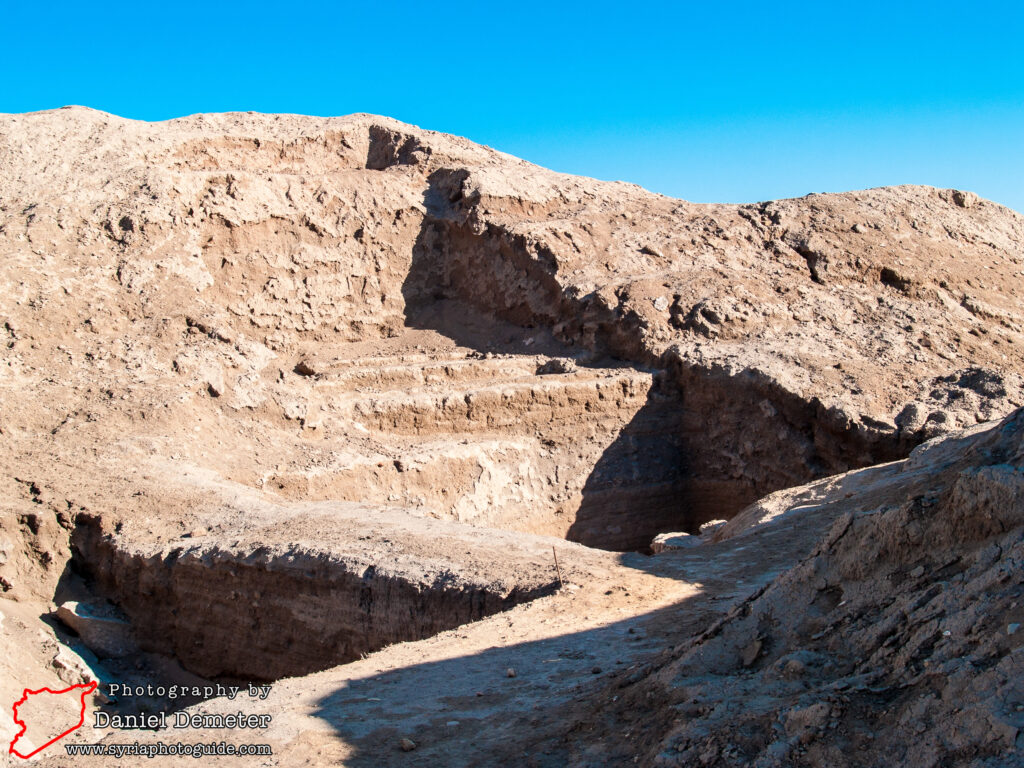
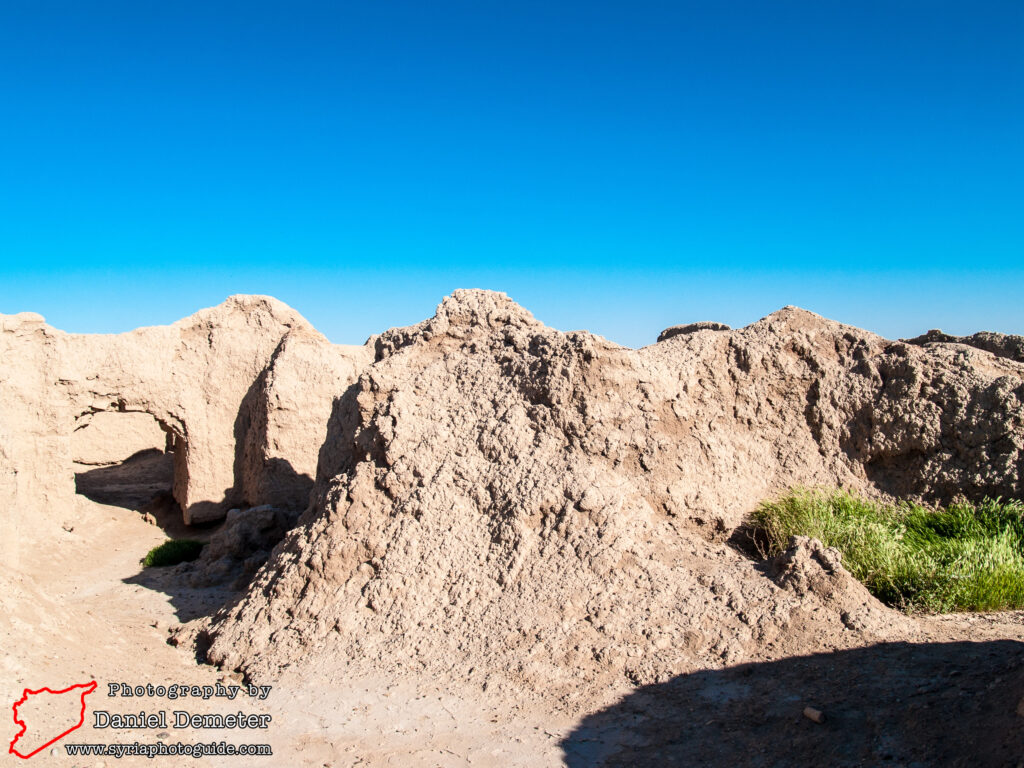
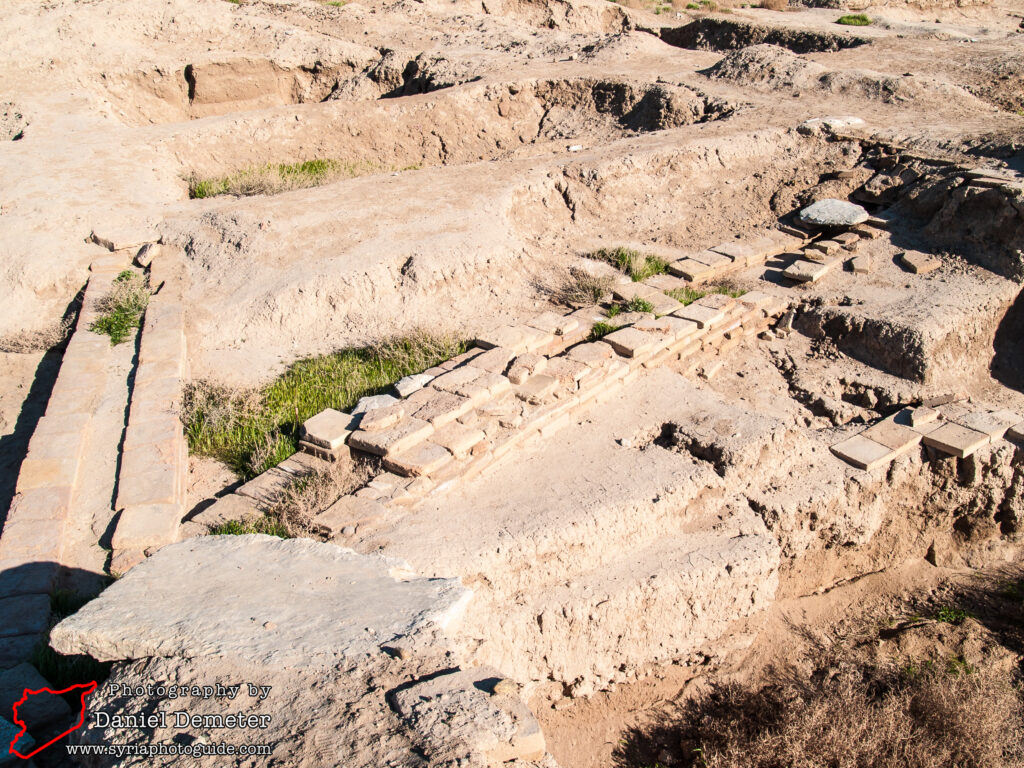
Getting There: Regular microbuses travel from Deir al-Zur (دير الزور) to the border town of al-Bukamal (البوكمال). Tel al-Hariri/Mari (تل الحريري/ماري) is located about 500 meters east of the main road, about eleven kilometers northwest of al-Bukamal (البوكمال). The trip takes at least an hour from Deir al-Zur (دير الزور). Make sure the driver knows where you’re headed, as the site can be easy to miss from the road.
Coordinates: 34°33’05.10″N / 40°53’18.61″E
Transliteration Variants: Tell al-Hariri, Tal al-Hariri
Rating: 5 / 10
